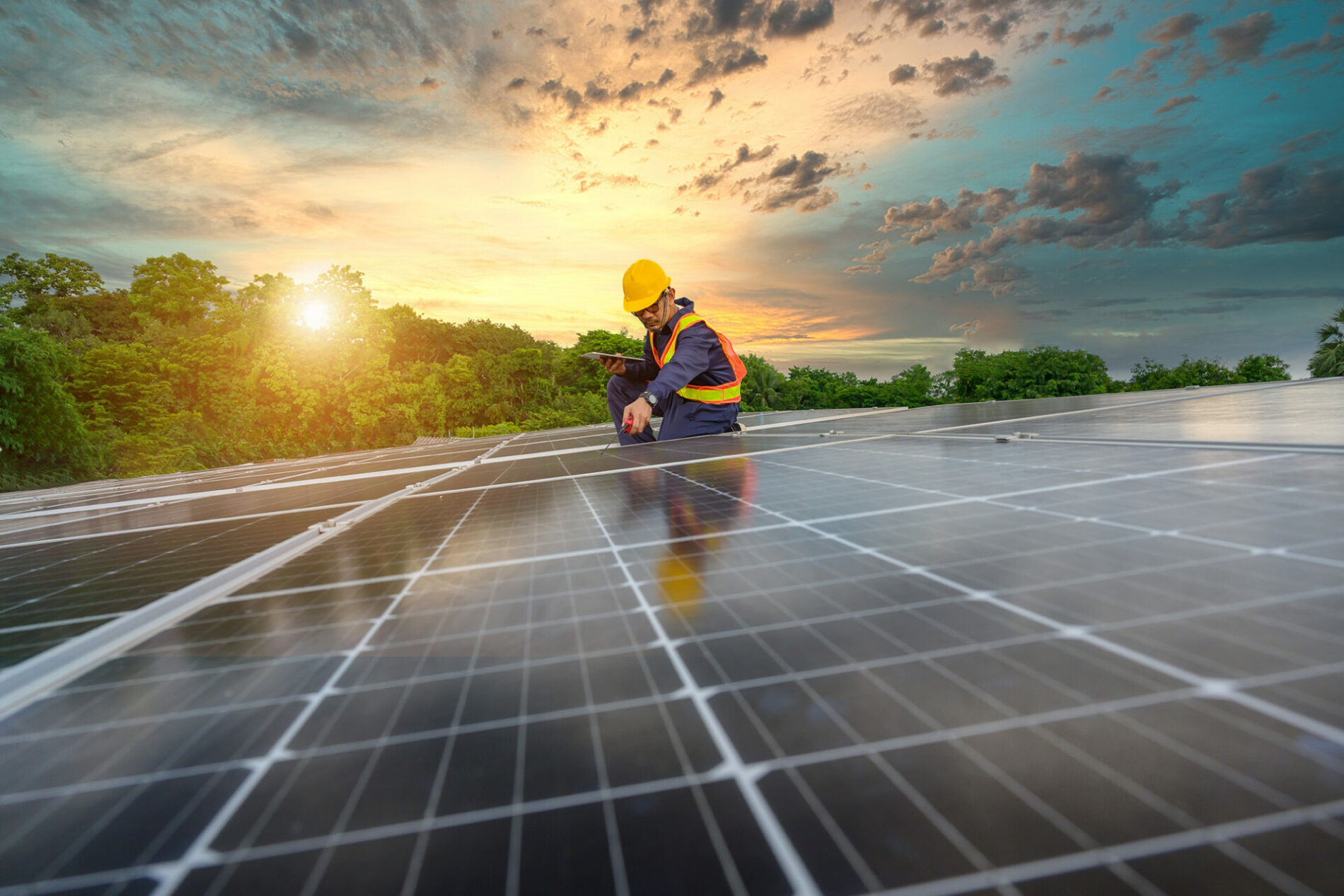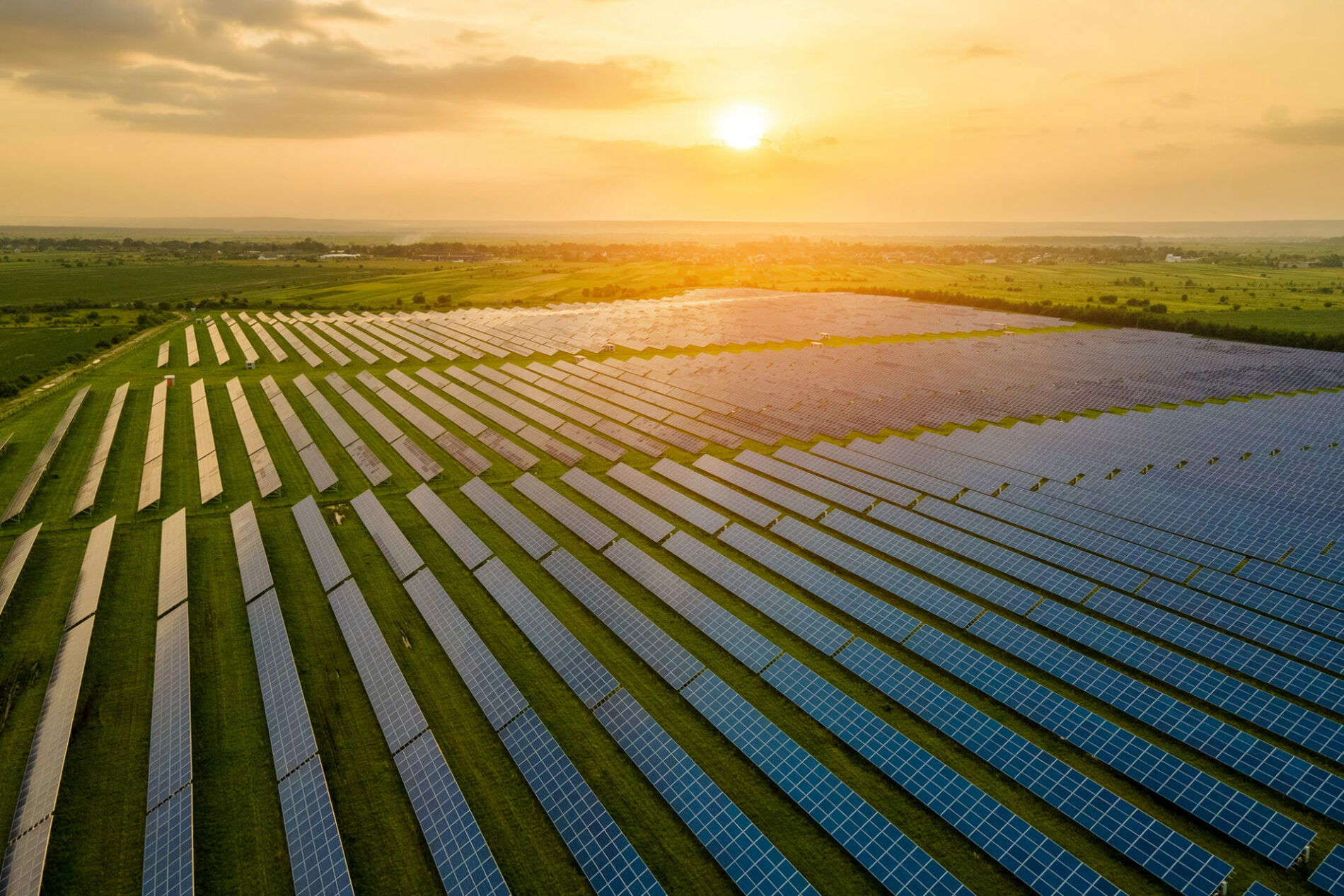When it comes to the energy field, many factors come into play that can alter the trajectory of a new power source. Potential successes that offer a glimpse of a net-zero reality often get derailed by any number of pitfalls. From cost and technological concerns to knowledge and efficacy, some of the latest innovations are doomed to fail. For some energy sources however, the potential remains despite the challenges that it endures.

Solar power has been an emerging market for many years now. So long that, you could be forgiven for wondering if it will ever utilize its massive potential. It has been hit by a series of challenges along the way which make its widespread adoption difficult to achieve. Solar panels carry a high up-front cost, making them a difficult fix for large cohorts of society. In addition to that, their specialist installation, space constraints and dependency on sunlight mean that there is a very real barrier to their usage. Despite these challenges, however, solar energy is the third highest renewable electricity technology globally, behind hydropower and wind. According to the International Energy Agency, the use of solar power is increasing every year. “Solar PV generation increased by a record 270 TWh (up 26%) in 2022, reaching almost 1 300 TWh. It demonstrated the largest absolute generation growth of all renewable technologies in 2022, surpassing wind for the first time in history. This generation growth rate matches the level envisaged from 2023 to 2030 in the Net Zero Emissions by 2050 Scenario.”
While this is good news, the IEA warn that considerable increased are required if we are to reach net-zero. “Maintaining a generation growth rate aligned with the Net Zero Scenario will require reaching annual capacity additions that are close to three times higher than those of 2022 until 2030. Achieving this will require continuous policy ambition and effort from both public and private stakeholders, especially in the areas of grid integration and in addressing policy, regulation and financing challenges.”
There is, however, one critical element of the technology that may prove too much of a stumbling block. Not only can silicon-based solar cells, which are ubiquitous across the market, be expensive to produce, there is the small matter of maintenance. Over time, these cells erode, decompose and need to be replaced, which adds to both the cost and skill needed to work with them. Recently, though, a number of breakthroughs have been occurring that could revolutionize this sector completed. Perovskites, a recently discovered photovoltaic material is more efficient, cheaper and easier to make. However, this material suffers badly from heat and humidity degradation, making its usage problematic.
Researchers from Monash University have recently discovered a way to make Perovskite solar cells that are self-healing, ensuring their long-term use and efficiency. As heat and water can create small defects in the materials, the researchers discovered a process called defect passivation. This basically involves the use of certain chemicals that reach with and attaches itself to the flaws and minimizing them. Professor Udo Bach, study co-author and Director of Research Department of Chemical and Biological Engineering at Monash describes the benefits of this process. “Our slow-release strategy represents a significant advancement in the field of perovskite photovoltaics. By slowly releasing the passivating agents into our perovskite material, we have been able to produce solar cells not only with enhanced performance but also extended long-term stability under real-world conditions.”
“We have been able to produce solar cells not only with enhanced performance but also extended long-term stability under real-world conditions.”
The resulting solar cells had over 25% power conversion efficiency and stayed stable through 1,000 hours of accelerated ageing tests at 85°C and simulated solar illumination. According to Professor Bach, it is a game changing moment for solar energy. “This breakthrough could pave way for more reliable and efficient perovskite solar cells contributing to the global transition towards sustainable energy solutions.”
In an ideal world, the material itself wouldn’t degrade or need further input and maintenance. Interestingly, a separate team of researchers, this time at University of Sydney, Australia, have taken things even further again. Tests found that the perovskite does not actively decrease in stability or efficacy while in space —or away from gasses of any kind, for that matter. Not only that, but the material was shown to heal itself while in these conditions. “When put into space, proton radiation can cause wear and tear on hardware like solar panels. In order to test how well a material can withstand this radiation, researchers constructed a lab simulation of this damage. Ultra-thin solar cell layers were used as test materials. Within the cell, the hole transport material (HTM) affected how much damage the materials could take and how well they ‘healed’.” According to the team of researchers, this is a hugely promising breakthrough. “With HUBLA and its evolving products, we have achieved enhanced device performance and realized improved operational stability at elevated temperatures and under humid conditions.”
As technology continues to evolve and develop, it seems that even the most insurmountable problems can be overcome. While solar energy may not yet be the driving force in renewable power, developments such as these are paving the way towards a bright, solar future. For example, researchers at GlobalData believe that space-based solar power (SBSP) could be the key to a total transition to green energy. SBSP involves using mirror-like reflectors, which are positioned on satellites moving around Earth’s orbit. These reflectors would concentrate the sun’s energy onto solar panels, allowing for power to be harnessed outside of daylight hours. While solar panels current collect power for around one third of each day, SBSP would mean a near constant collection of sunlight.




















